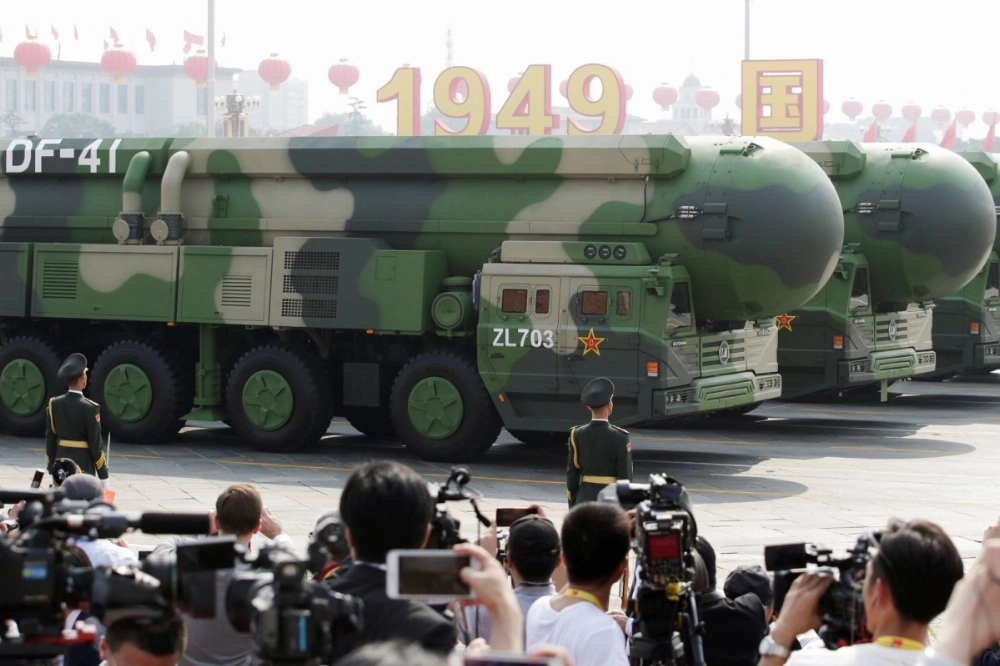China publicly announced it had test-fired an intercontinental ballistic missile into the Pacific Ocean on Wednesday, in the first such launch in more than four decades as Beijing builds up its nuclear arsenal.
The ICBM, which was carrying a dummy warhead, “fell into expected sea areas,” the Chinese Defense Ministry said, adding that the launch “was a routine arrangement” in the military’s annual training plan.
"It is in line with international law and international practices and is not directed against any country or target," the ministry said.


















With your current subscription plan you can comment on stories. However, before writing your first comment, please create a display name in the Profile section of your subscriber account page.